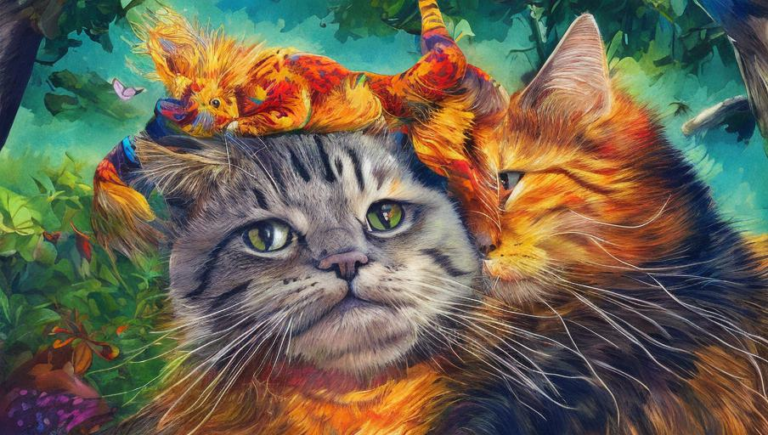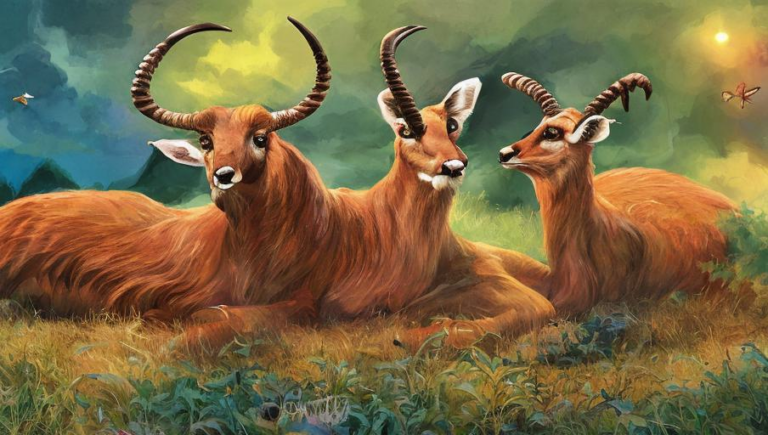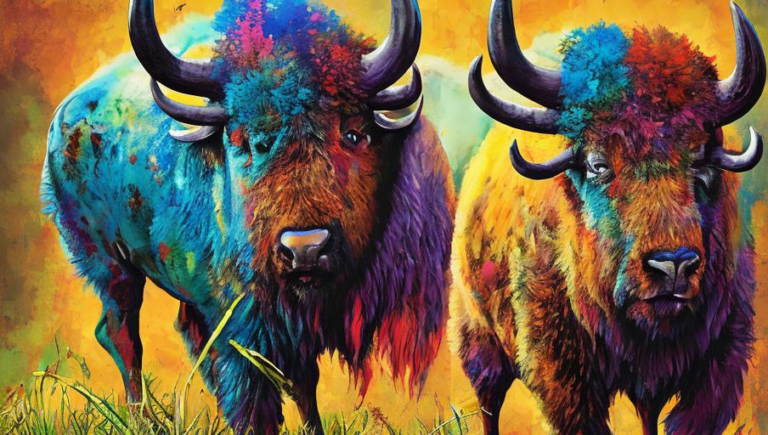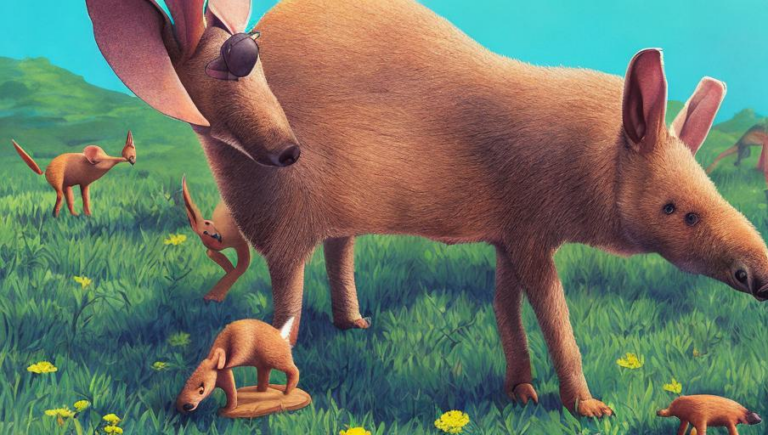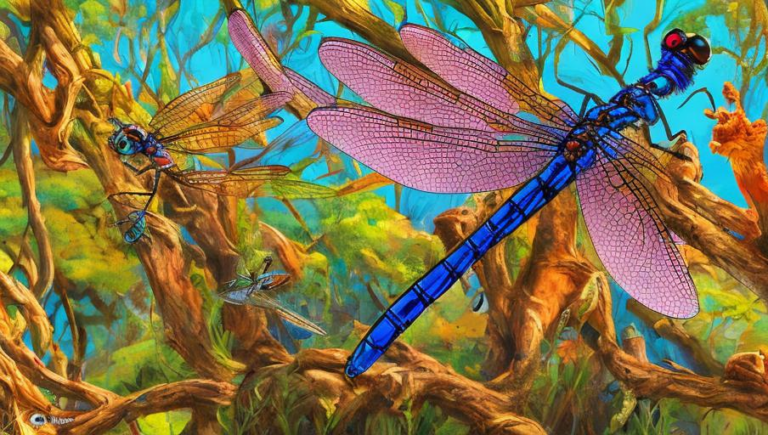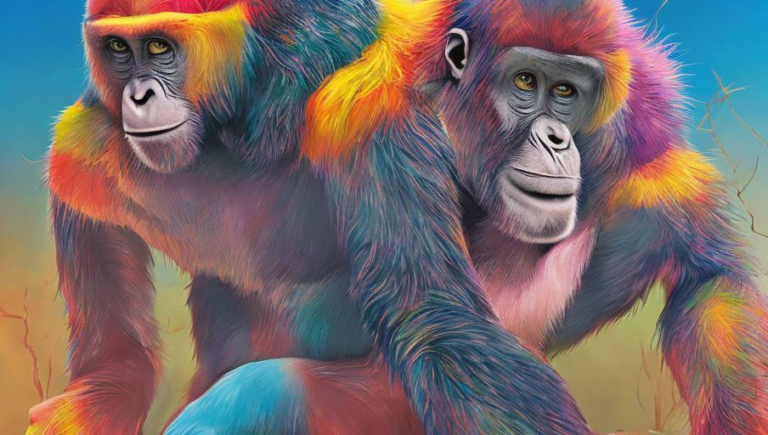Dazzling Displays of the Albatross: How This Bird Flies and Feeds
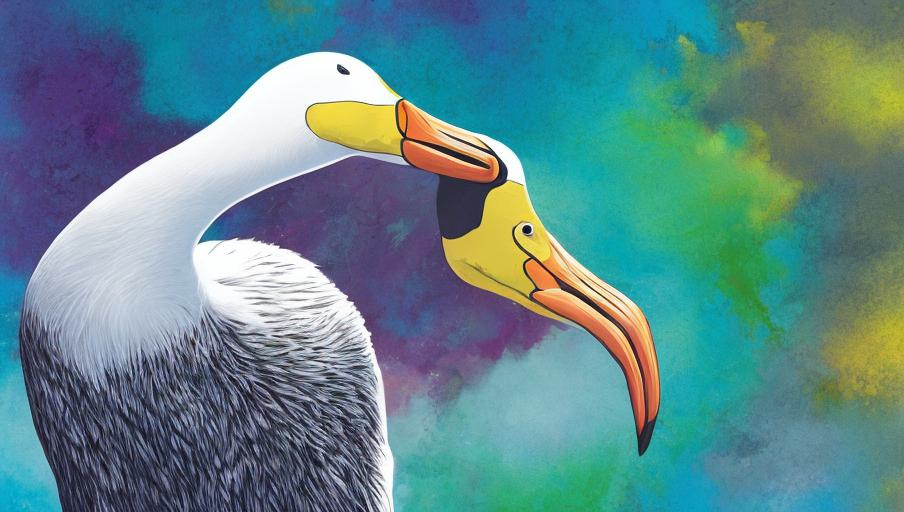
Introduction
The albatross is one of the most majestic creatures that can be found in the sea. They are known for their size, grace and behavior, and they have a unique way of flying and feeding that sets them apart from other birds. In this article, we will explore the unique characteristics of the albatross, its feeding habits, and how it uses its wings to soar through the air.
Size and Appearance
The albatross is a large seabird, measuring up to 3.7 meters in length and weighing up to 12 kilograms. Its wingspan can reach up to 3.7 meters, making it the largest flying bird in the world. The albatross is usually white or gray in color, and its wings are long and pointed. Its long beak is curved and its tail is forked.
Flight and Feeding
The albatross has a unique way of flying, which is known as dynamic soaring. It uses the wind to gain height and then glides in circles, taking advantage of the wind currents to stay up in the air. This allows the albatross to fly for days without flapping its wings. This method of flying is more efficient than flapping and saves the albatross a lot of energy.
The albatross is an opportunistic feeder, meaning that it will take advantage of any food source it can find. The albatross mostly feeds on fish, squid, and other marine creatures, as well as carrion, but they have also been known to scavenge from boats and ships. They are also known to steal food from other birds, such as petrels and shearwaters.
Breeding and Social Behavior
The albatross is a monogamous bird, and pairs will usually stay together for life. They build nests on the ground, usually on cliffs or in the sand. The female albatross will lay a single egg, and both parents will take turns incubating the egg. Once the chick hatches, the parents will both feed it and take turns caring for it until it is ready to leave the nest.
Albatrosses are also highly social birds, and they will often gather in large groups to feed, breed, or just socialize. They are also known to form large flocks and will migrate together over long distances.
Conservation Status and Threats
The albatross is currently listed as vulnerable on the IUCN Red List. The main threat to albatross populations is habitat destruction due to human activities, such as fishing, development, and pollution. The albatross is also threatened by climate change, as it is highly sensitive to changes in the environment. Additionally, illegal hunting and the use of plastics are also major threats to the albatross.
Conclusion
The albatross is an incredible bird, with its majestic size and its ability to fly for days without flapping its wings. It is a highly social creature, and it is highly sensitive to changes in the environment. Unfortunately, it is facing many threats, and its conservation status is currently listed as vulnerable. It is important that we take steps to protect this magnificent species and its habitat.
